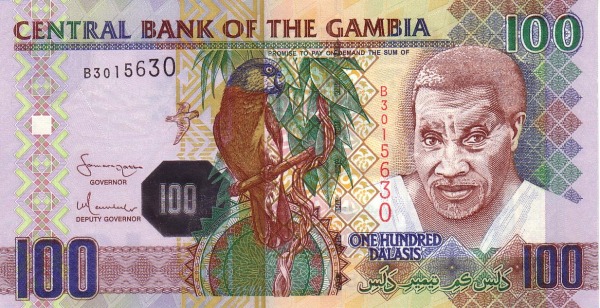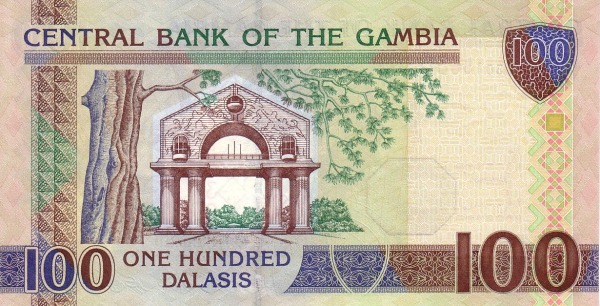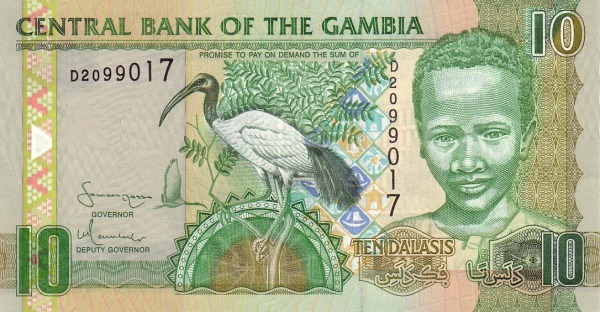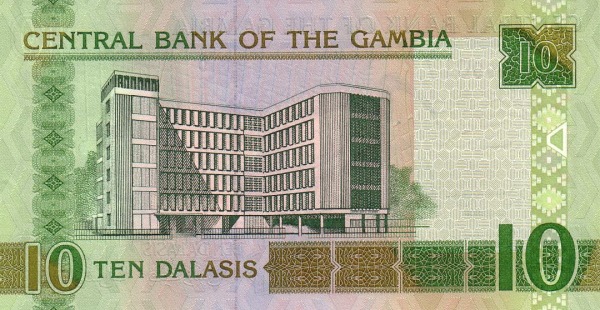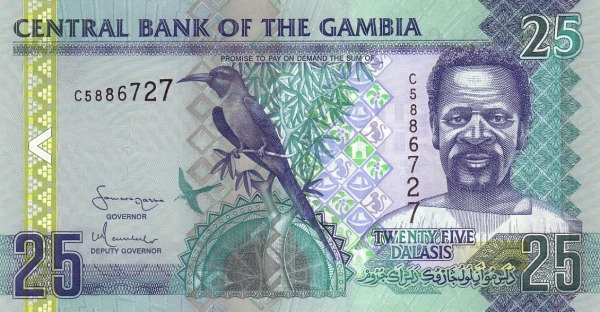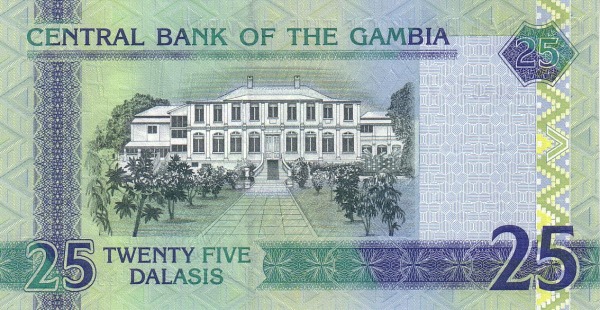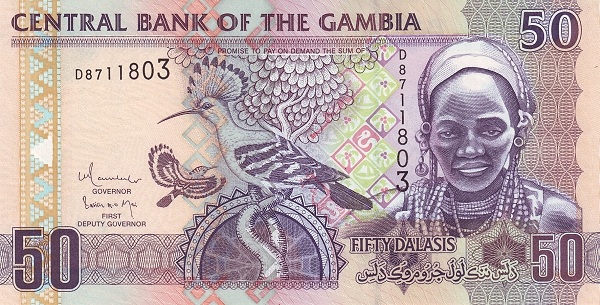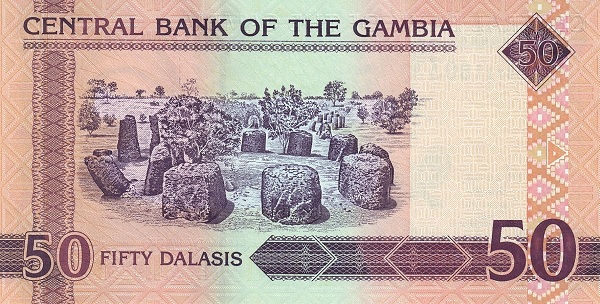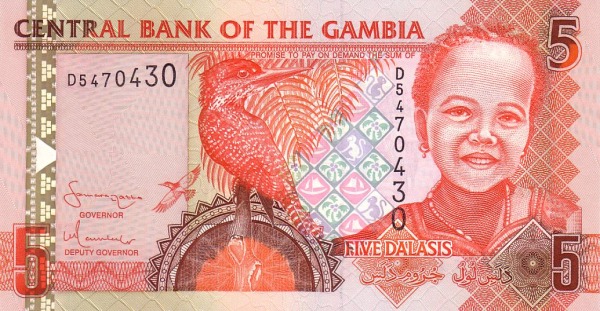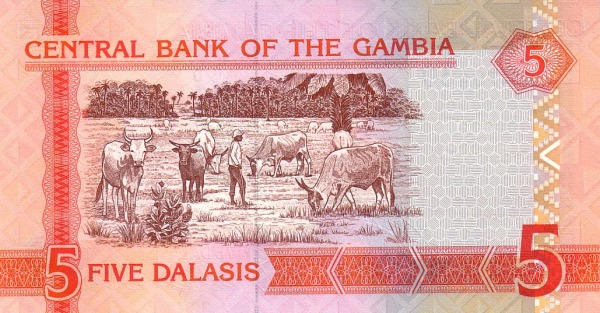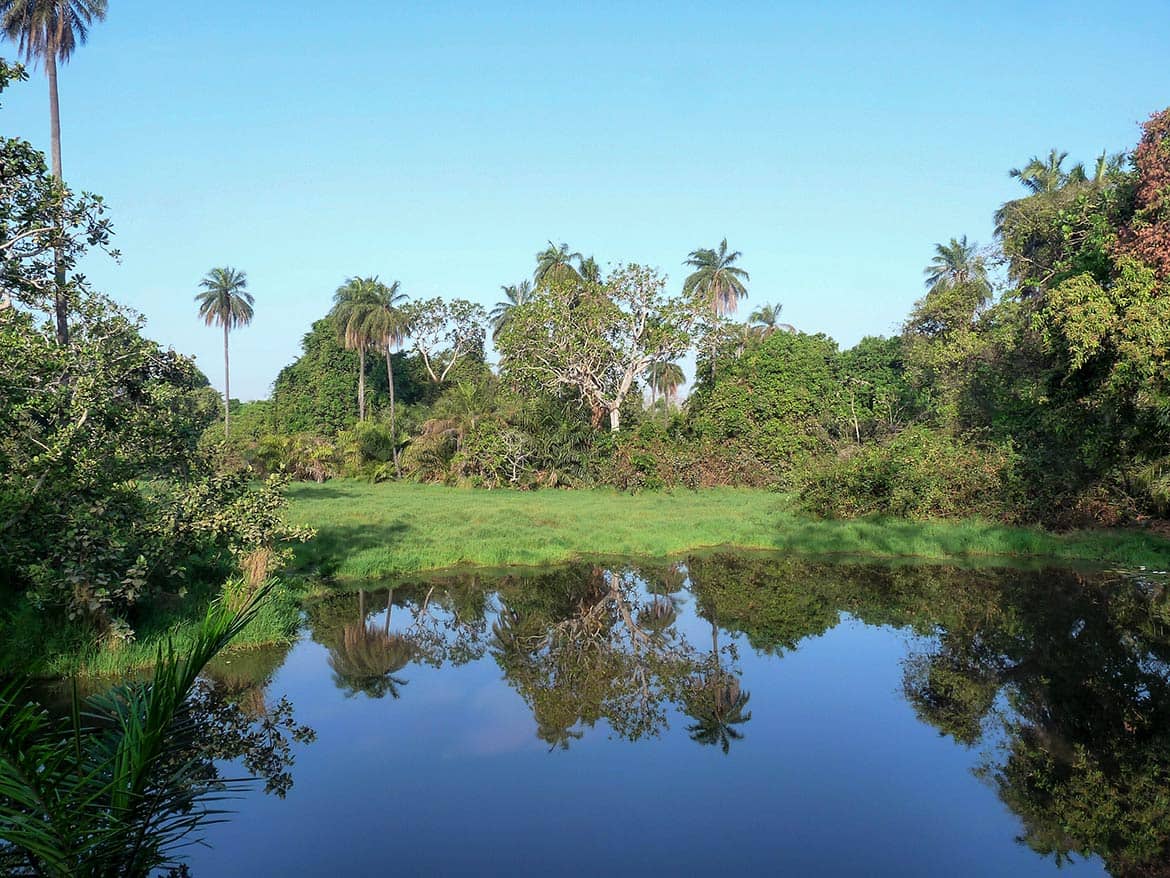The Gambia: A Unique Slice of West Africa
Located along the banks of the Gambia River, The Gambia stands out as the smallest country on mainland Africa. Nestled along the North Atlantic Ocean, this sub-tropical nation occupies a narrow strip of land that measures just 48 kilometers (29 miles) at its widest point. Its rich historical backdrop, embodied in locations like the ruins of Fort James on Kunta Kinteh Island, affirms its significance in the West African slave trade, leading to its designation as a UNESCO World Heritage Site. Visitors and locals alike are drawn to the vibrant culture that thrives alongside one of the continent’s key navigable waterways.
A Geographic Overview
The Gambia spans approximately 11,295 square kilometers and closely resembles one-third of Belgium or about twice the size of Delaware. This remarkable shape arises from territorial agreements stemming from 19th-century Anglo-French competition. Surrounded by Senegal on three sides and bordered by the Atlantic Ocean to the west, the position of The Gambia allows for a unique blend of cultures and influences, further enriched by the Gambia River which serves as a vital transportation artery running the length of the country.
Population and Ethnic Diversity
As of 2015, The Gambia's population stood at around 1.9 million, with a majority living in coastal areas. The nation showcases a diverse tapestry of ethnic groups that include the Mandinka, Fula, Wolof, and Jola, among others. English serves as the official language, reflecting the country's colonial past. However, indigenous languages like Malinke and Creole also thrive, enhancing cultural interactions. Furthermore, the Islamic faith prevails among over 95% of the Gambian populace, shaping traditions and social norms.
Historical Context of The Gambia
The Gambia's history remains marked by substantial events, including two centuries of British colonial rule, which concluded in 1965 when the nation achieved independence. Following independence, The Gambia entered a federation with Senegal from 1982 to 1989, albeit temporarily. In 1991, a friendship and cooperation treaty strengthened ties between the two nations. However, political upheaval struck in 1994 when a military coup changed the leadership. Although a return to civilian governance occurred with the 1996 constitution, the democratic process fluctuated until Yahya A. J. J. Jammeh, a military coup leader, was elected in subsequent elections.
Political Developments
In December 2016, a pivotal moment arrived when opposition candidate Adama Barrow triumphed over the long-term incumbent Yahya Jammeh. Initially, Jammeh conceded defeat; however, he later attempted to dispute the election results, causing political tensions. Ultimately, Barrow's victory signaled a new chapter in The Gambia’s democratic evolution, emphasizing the citizens' commitment to forging a progressive governing framework.
A Close Look at Gambian Life
Life in The Gambia pulsates with vibrancy, reflected in its agriculture, music, and social interactions. Farmers primarily cultivate peanuts, rice, and millet, contributing significantly to the economy. The Gambia's agriculture is vital, with fisheries playing an equally important role, providing livelihoods for numerous Gambians. The nation is also renowned for its artistic expressions, with music and dance integral to cultural celebrations.
Climate and Terrain
The Gambia boasts a tropical climate characterized by a hot rainy season from June to November, followed by a cooler, dry period from November to May. The terrain features a floodplain along the Gambia River, flanked by low hills, creating a picturesque environment for inhabitants and visitors alike. Such climatic conditions enable a rich biodiversity to flourish, offering opportunities for eco-tourism and exploration.
Natural Resources and Economy
Natural resources in The Gambia encompass fish, titanium, and silica sand. As for the agricultural sector, peanuts, rice, and various vegetables dominate production, while livestock also contributes to the economy. Notably, peanut products form a major component of the export market, with China, India, and France being key trading partners. This economic interplay highlights the significance of agriculture in maintaining the socio-economic fabric of the nation.
Industrial Landscape
The Gambia's economy is evolving, with industries like telecommunications, brewing, and construction emerging as vital contributors. The tourism sector is also noteworthy, drawing visitors captivated by the natural beauty and unique cultural heritage. Efforts to promote sustainable tourism continue, ensuring that the environment remains protected while facilitating economic growth.
Conclusion: The Essence of The Gambia
The Gambia, with its stunning landscapes and rich cultural heritage, beckons visitors to explore its beauty and history. From the importance of the Gambia River as a lifeblood of transport and agriculture to the diverse ethnic landscape that encapsulates national identity, this vibrant nation continues to forge its path in a globalized world. Indeed, The Gambia embodies the spirit of resilience and adaptability, offering invaluable experiences for those willing to discover its treasures.
Largest cities of: The Gambia
| City Name | Population | Year of foundation | |
| Banjul | 31,000 | 1816 | |
| Serekunda | 200,000 | 1960 | |
| Brikama | 100,000 | circa 1760 | |
| Latrikunda Sabiji | 48,000 | 1970 | |
| Kanifing | 30,000 | 1966 | |
| Bakau | 25,000 | 1866 | |
| Kerewan | 20,000 | 1996 | |
| Gunjur | 15,000 | circa 1800 |
The Gambia: Money
